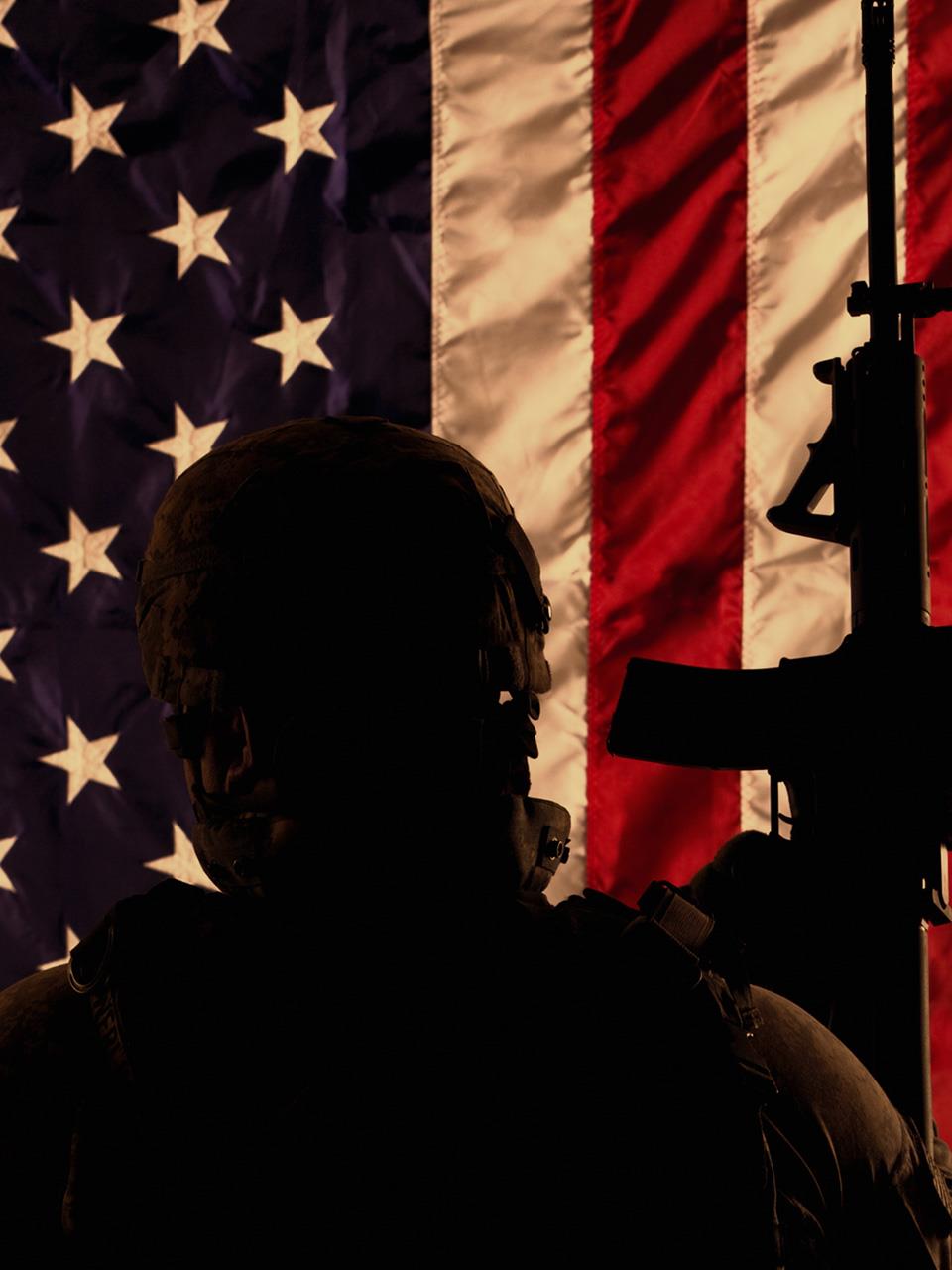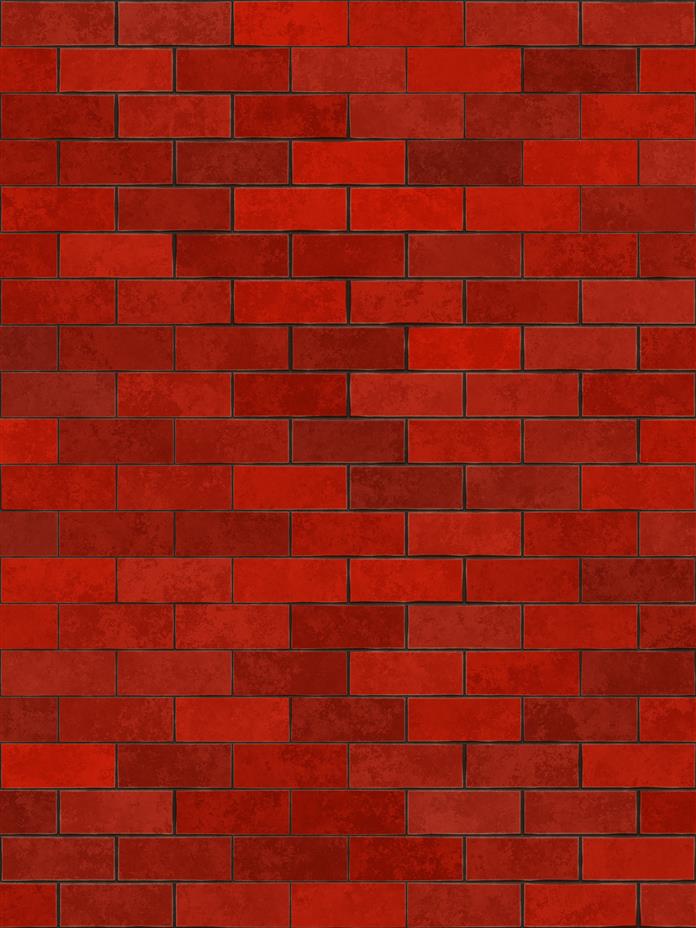Traditionally, the USMC is an amphibious attack force, using naval vessels to land on coastal areas and occupy a 'beach head', i.e., a foothold, until the Navy or Army comes over and relieves them.

Tap to Read ➤
Difference Between the US Marines and the US Army
Akshay Chavan


Ever since US Marines were deployed in the Iraq War, there has been quite a lot of confusion among people between their role and that of the Army's. Let us tell you the difference between the US Marines and the US Army, with regards to their training, pay scale, benefits, and much more.

Did You Know?
John Glenn, the first American to orbit the Earth was a US Marine.

The military of the United States is, without doubt, one of the most powerful armed forces in the world today, and definitely one of the largest, in terms of the number of personnel. It comprises the Army, Navy, Air Force, Marine Corps, and the Coast Guard.

While the US President is the Commander-in-Chief of the military, the armed forces are actually controlled by the Department of Defense, which is a branch of the federal government. This department is headed by the Secretary of Defense.

Both, the President and the Secretary are regularly briefed by a department called the Joint Chiefs of Staff, which comprises the head of each branch of the armed forces. Let us do a US Marines vs. US Army comparison to understand the differences better.

Official Control
US Marines are members of the United States Marine Corps (USMC). Though it is not a part of the US Navy, both, the Navy and the USMC are clubbed together in the US Department of the Navy, which comes under the Department of Defense.

The US Army is a part of the US Department of the Army, and is also governed by the federal government's Department of Defense. Members of the Army are called soldiers.

Size
The Marine Corps is a small force of the US military. It has approximately 182,000 active personnel, and around 38,500 in reserve.
The US Army is the largest wing of the country's armed forces, and is more than double the strength of the Marines. It has around 1,281,900 soldiers on active duty, and another 811,000 in reserve.
The US Army is the largest wing of the country's armed forces, and is more than double the strength of the Marines. It has around 1,281,900 soldiers on active duty, and another 811,000 in reserve.

Basic Difference
Traditionally, the USMC is an amphibious attack force, using naval vessels to land on coastal areas and occupy a 'beach head', i.e., a foothold, until the Navy or Army comes over and relieves them.
Traditionally, the USMC is an amphibious attack force, using naval vessels to land on coastal areas and occupy a 'beach head', i.e., a foothold, until the Navy or Army comes over and relieves them.
However, they are also well-equipped to conduct operations from the ground, creating a base from where the Army can conduct further operations.
The US Army is a wing of the country's military, specially suited for ground-based operations. It is a large force that is involved across the entire spectrum of a military theater. However, the Army has its own infantry units and rangers to lead initial assaults.
Capability for War
Since the US Marines have to establish a foothold in enemy territory and hold on until further support arrives, they carry limited supplies, and cannot maintain their position for long.
The US Army, on the other hand, is well-equipped for longer campaigns, since it has better logistic support.
The US Army, on the other hand, is well-equipped for longer campaigns, since it has better logistic support.
Dependence on Other Forces
To some extent, the US Marines are self-sufficient and even function as a small military, complete with their own aviation units. However, they still need air support from the Navy, and naval vessels for amphibious assaults. Moreover, since they cannot carry heavy artillery, they have evolved to rely on individual marksmanship.
Being a larger ground-assault force, the Army has access to the best weaponry, including overwhelming artillery power. While they have their own aviation units (which gave birth to the Air Force), they still need aerial support from the Air Force in military campaigns.
Strategic Importance
If US Marines are deployed in any conflict, this sends a message to the international community that the country is involved in the situation for a short term.
Deployment of the US Army indicates that the United States has a deeper commitment in the military conflict.
Deployment of the US Army indicates that the United States has a deeper commitment in the military conflict.
Origins
The Marine Corps was created on November 10, 1775, during the Revolutionary War that led to the birth of the United States.
Revolutionary admirals desired to have an infantry that could lead an assault on land, from ships. Since Commander-in-chief George Washington was reluctant to part with his soldiers from the Continental Army, the admirals began a recruitment process for their own infantry.
The US Army is the oldest and largest branch of the country's military. It originated on June 14, 1775, from the Continental Army that had fought against British soldiers during the Revolutionary War. While this army was disbanded after the country's independence in 1775, the US Army was officially created in 1784.
Training
Owing to the tough nature of the job, US Marines have to undergo the most difficult training in the US military - the 13-week long Boot Camp Training.
In contrast to the Army, every a US Marine, whether a cook or a technician, is trained to use a rifle, so that he can serve in the infantry if the need arises.
Army recruits have to undergo an initial 4- to 10-day long training called Reception Battalion, followed by Basic Combat Training for 9 weeks. After this, they move on to receive Advanced Individualized Training, where they learn the skills for their individual duties.
Job Description and Security
US Marines need to be ready for deployment at all times. Moreover, since they lead the initial assault, the job is physically challenging. Being a smaller branch of the military means that there is a good chance of every Marine being deployed in a conflict zone.
This also means more competition for every post as one gets promoted, because of which the Marine Corps has traditionally focused on getting the best recruits, and not necessarily on retaining its personnel. The small size of this force also means that recruits have lesser opportunities, comparatively.
The US Army offers a range of opportunities for new recruits, due to its sheer size. Thanks to this variety, many duties involve working far from conflict zones even during wartime. This also provides higher job security, as the large number of available posts reduces competition.
An added benefit is that the Army has traditionally preferred to retain the best soldiers, since the large number of recruits it needs gives it little choice in talent. Being a larger organization, it also provides the most benefits.
Benefits Offered
Since the USMC is a smaller force, it offers slightly fewer benefits. For instance, it offers the facility of repaying educational loans only to its commissioned officers, and offers fewer bonuses for crucial posts, since there are more recruits for lesser vacancies.
Being the largest defense establishment, the Army offers the best benefits. It offers educational loan repayment to all its personnel. It also provides bonuses for crucial jobs, so as to draw in more recruits. However
Retirement
After serving for 20 to 30 years, a Marine is transferred to the US Marine Corps Reserve, receives a retainer pay, and can lead an ordinary civilian life. After completing 30 years, he may retire, and given a retirement pay (equal to retainer pay), subject to being called back for service, if required, though this becomes unlikely after the age of 60.
After serving for 20 years, a soldier is allowed to retire, and receives a retirement pay, though he can be called back to service. Like the Marine Corps, this is unlikely once the soldier crosses the age of 60.
In short, US Marines are the first to go into a conflict zone, while the Army is suitable for sustained campaigns. However, the Marines are also deployed for high-risk operations, like guarding embassies in unstable countries and special operations, for which Special Forces of the Army and Rangers are also occasionally deployed.
Thus, the roles of the US Marines and the Army can sometimes overlap, leading to confusion, not within their ranks, but to what it seems to the common man.